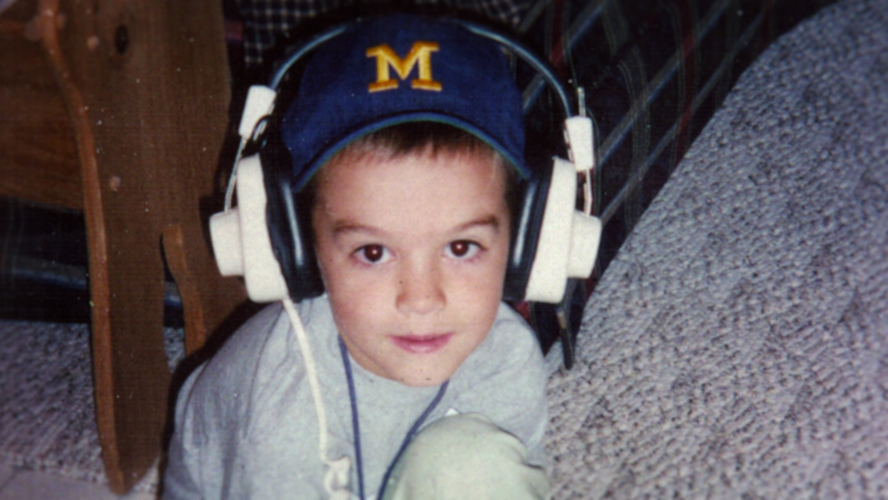Why Is It Important to Be Proactive in Identifying Potential Hazards?
Being proactive in identifying potential hazards is one of the most essential aspects of maintaining safety—whether at work, home, or while taking care of others. Hazards can appear in many forms: physical, chemical, biological, or environmental. By detecting them early, we can prevent accidents, protect people from harm, and create a secure environment. This mindset is especially crucial for anyone responsible for the well-being of others, such as caregivers, childcare workers, or babysitters. In fact, individuals who complete a babysitting course learn that anticipating risks before they cause harm is a key part of responsible caregiving. Let’s explore why proactive hazard identification matters so much and how it can make a real difference.
1. Prevention Is Always Better Than Cure
The old saying “prevention is better than cure” perfectly fits the concept of being proactive about hazards. Waiting for an accident to happen before taking action can lead to severe injuries, property damage, or even loss of life. Proactive individuals, on the other hand, focus on spotting warning signs early.
For example, a babysitter who notices that a child’s play area has small, loose toys that could pose a choking hazard can immediately remove them. This simple act prevents a potential emergency before it occurs. Such preventive awareness isn’t just common sense—it’s a learned skill.
2. Protecting Children and Vulnerable Individuals
Children are naturally curious and energetic, which makes them more prone to accidents. They might climb furniture, play with electrical sockets, or put unsafe objects in their mouths. Babysitters and caregivers must constantly stay alert to potential dangers in their surroundings.
Being proactive allows a caregiver to create safe conditions before something goes wrong. For example, securing heavy furniture, covering outlets, and keeping cleaning supplies out of reach are preventive measures that reduce the chance of accidents. It’s not enough to react when something happens—you have to think ahead.
A professional babysitting course teaches participants how to anticipate children’s behavior, understand safety priorities, and act quickly to prevent harm. This proactive mindset ensures that caregivers protect children from both visible and hidden dangers.
3. Reducing Stress and Emergency Situations
When hazards are identified and managed early, stressful emergencies are far less likely to occur. Emergencies not only endanger physical safety but also create panic and emotional trauma—especially for children. By being proactive, you minimize these risks and promote a calm, safe atmosphere.
Imagine a babysitter who regularly checks smoke detectors, ensures first-aid kits are stocked, and keeps emergency contacts handy. These small but meaningful actions can make a huge difference during unexpected situations like fires or minor injuries. Having safety procedures in place reduces panic and allows for quick, confident responses.
Professionals trained through a babysitting course uk understand how proper planning and hazard assessment lead to smoother, safer caregiving. They’re prepared for emergencies because they’ve already minimized the chance of them happening.
4. Building a Culture of Responsibility
Being proactive in identifying hazards isn’t just about avoiding accidents—it’s also about creating a culture of accountability and awareness. When caregivers, parents, or even older children learn to identify and report hazards, safety becomes a shared responsibility.
This mindset can influence everyone in a household or workplace. For instance, when a babysitter models safe behavior—like cleaning up spills right away or checking that doors are locked—it teaches children to value safety too. Over time, this creates a lasting habit of care and responsibility.
5. Improving Efficiency and Confidence in Caregiving
Proactive hazard identification doesn’t just protect—it also improves efficiency. When you take time to inspect the environment before starting your duties, you reduce interruptions later caused by accidents or disorganization. A safe and organized space allows you to focus more on engaging with children and managing your tasks effectively.
Confidence also grows when you know that potential risks have been addressed. A babysitter who feels prepared and secure is better equipped to handle multiple responsibilities at once—whether it’s feeding a child, supervising playtime, or managing bedtime routines.
Through structured babysitting course uk programs, participants gain both theoretical and practical confidence. They learn not only how to identify hazards but also how to prevent them in various settings—from homes and playgrounds to schools and community centers.
6. Compliance With Safety Standards and Legal Responsibility
In many professions, especially those involving childcare, health, or hospitality, safety regulations are not optional—they’re mandatory. Employers and caregivers are legally obligated to provide safe environments. Failure to identify and address hazards can result in serious consequences, including fines, lawsuits, or loss of trust.
By being proactive, you ensure compliance with these standards and demonstrate professionalism. Babysitters who take safety seriously show parents that they’re dependable and trustworthy. This builds credibility and opens up more job opportunities in the long run.
7. Minimizing Financial and Emotional Costs
Accidents often lead to costly repairs, medical expenses, and emotional distress. When hazards are ignored, even minor incidents can escalate into major problems that affect everyone involved. Proactive hazard identification is not only about physical safety—it’s also about saving resources and preventing emotional strain.
For instance, fixing a loose stair rail or repairing a faulty plug might seem minor, but ignoring it could cause injuries later. Similarly, keeping floors dry and well-lit can prevent slips and falls. Each preventive action, no matter how small, saves time, money, and heartache in the long term.
8. Encouraging Continuous Awareness and Learning
Safety isn’t a one-time effort—it’s a continuous process. Environments change, new hazards appear, and people’s behaviors evolve. Being proactive means constantly observing, learning, and adapting to these changes.
Babysitters who regularly update their knowledge and refresh their safety skills remain better prepared for any situation. This continuous improvement helps them stay alert and ensures that they never become complacent about safety.
Conclusion
Being proactive in identifying potential hazards is one of the most important habits any caregiver can develop. It protects children, reduces stress, prevents financial and emotional loss, and builds a reputation for responsibility and professionalism. Instead of waiting for accidents to happen, proactive caregivers take control of their environment—keeping everyone safe and secure.





